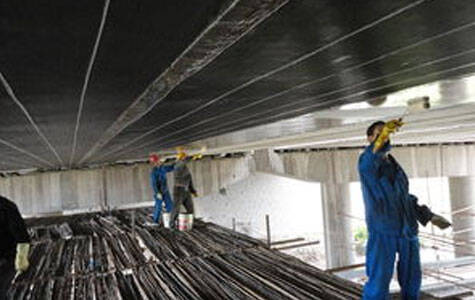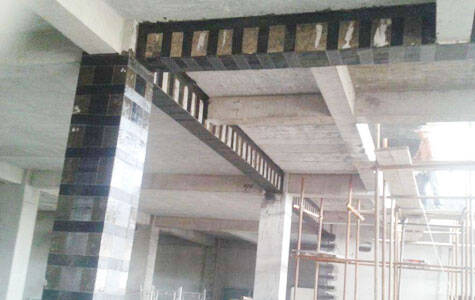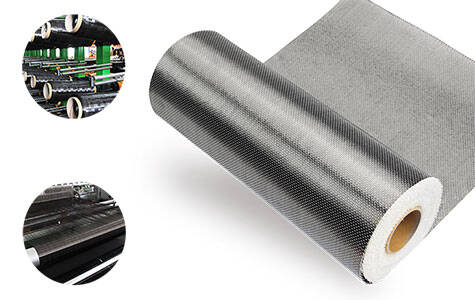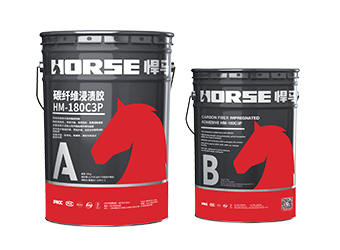Solutions
Horse Construction offers full range of structural strengthening materials with technical supports, documentation supports, products supports, project supports.
FRP VS Other Materials


The most important requirements for concrete structures include ensuring reliability and safety. These requirements should not only be met during the construction process, but also during the entire life cycle of the structure. The reliability and safety of concrete structures depend on their functions and locations.
The use of advanced FRP composite materials can help solve the typical deterioration problems associated with traditional materials. Compared with traditional materials, the main advantages of advanced FRP composite materials are that they can increase the service life of concrete structures and can provide strong anti-corrosion agents, aging and degradation and other harsh environmental conditions.
The following are some of the advantages and properties of FRP composite materials and why they are superior to traditional materials:
Design Features
Large live load capacity
Dimensional stability
Flexible design to help meet structural needs
Low thermal expansion coefficient
Aesthetic possibilities
Non-magnetic and customizable
Higher pyrolysis resistance
Best burn through resistance
Mechanical Behavior
High tensile strength
Better shock resistance
Resistance to atmospheric degradation and weathering
Has good freeze-thaw cycle resistance
Good stiffness to weight ratio
Deicing salt resistant
Cost
Zero or less maintenance costs
Cost savings due to rapid completion of the project
Reduce user costs
Prices fell sharply
Building Parameters
Easy to install
Cheaper equipment needed to process materials
Reduce transportation and assembly costs
Reduce traffic delays
Reduce labor required during installation
Longer service life


Is FRP cost effective compared to other materials for structural strengthening?
The price of FRP is 1 to 1.5 times more expensive than steel. Because the life cycle of FRP products is much longer, what you get is a longer-lasting product.
Is FRP more effective compared with steel for structural strengthening?
Strength
Steel provides no bending because it is so rigid, so it can have a significant impact on depression. You don't have any worries about FRP and impact-it has no effect. All these strengths and weight are only a small part of steel, which reduces installation and transportation costs. When you use this to counter the cost of FRP, FRP will eventually become better value.
Safety
With FRP, you don’t have to worry about structural integrity, durability, impact hazards or corrosion. It just won’t happen if assembled properly. In sharp contrast with steel, FRP does not conduct electricity and will not be decomposed by corrosives, and can actually improve safety.
Durability
Even without water, steel is easily corroded. Steel can be corroded by airborne particles such as salt or acid. This translates into a very limited liability for living in a highly corrosive environment, such as an oil refinery. FRP will never be corroded, so its service life is much longer than steel. In fact, it can directly contact acid, salt solution, oil, blood and many other common corrosives.
You can find anything here you are in need of, have a trust trying on these products, you will find the big difference after that.

Good impregnation carbon fiber adhesive for applying carbon fiber reinforced polymer(CFRP) wrap for structural strengthening

High strength carbon fiber reinforced polymer (CFRP) strip / laminate / plate for structural strengthening and concrete repair

High strength, unidirectional carbon fiber sheet pre-saturated to form a carbon fiber reinforced polymer (CFRP) sheet used to strengthen structural concrete elements.